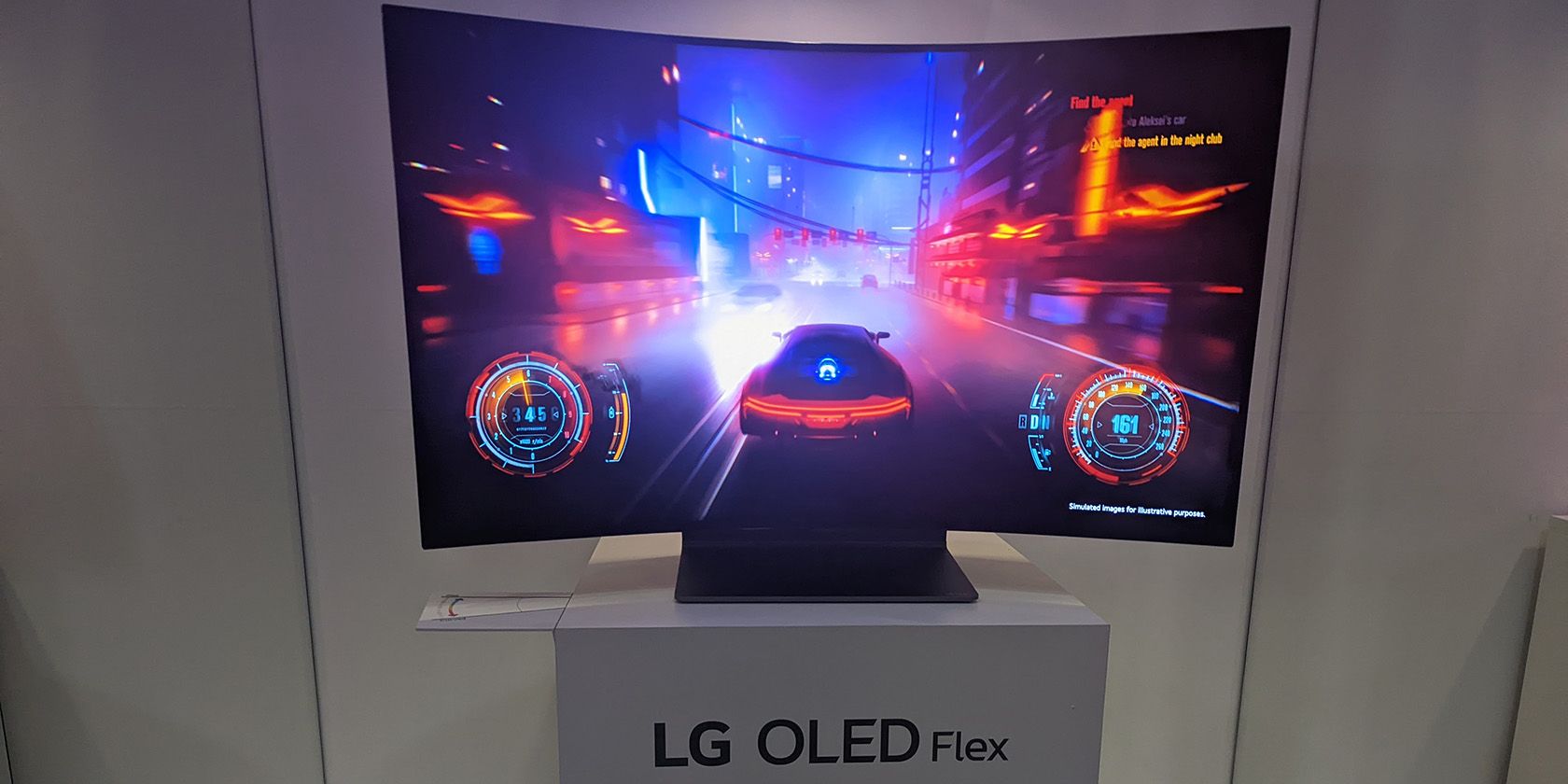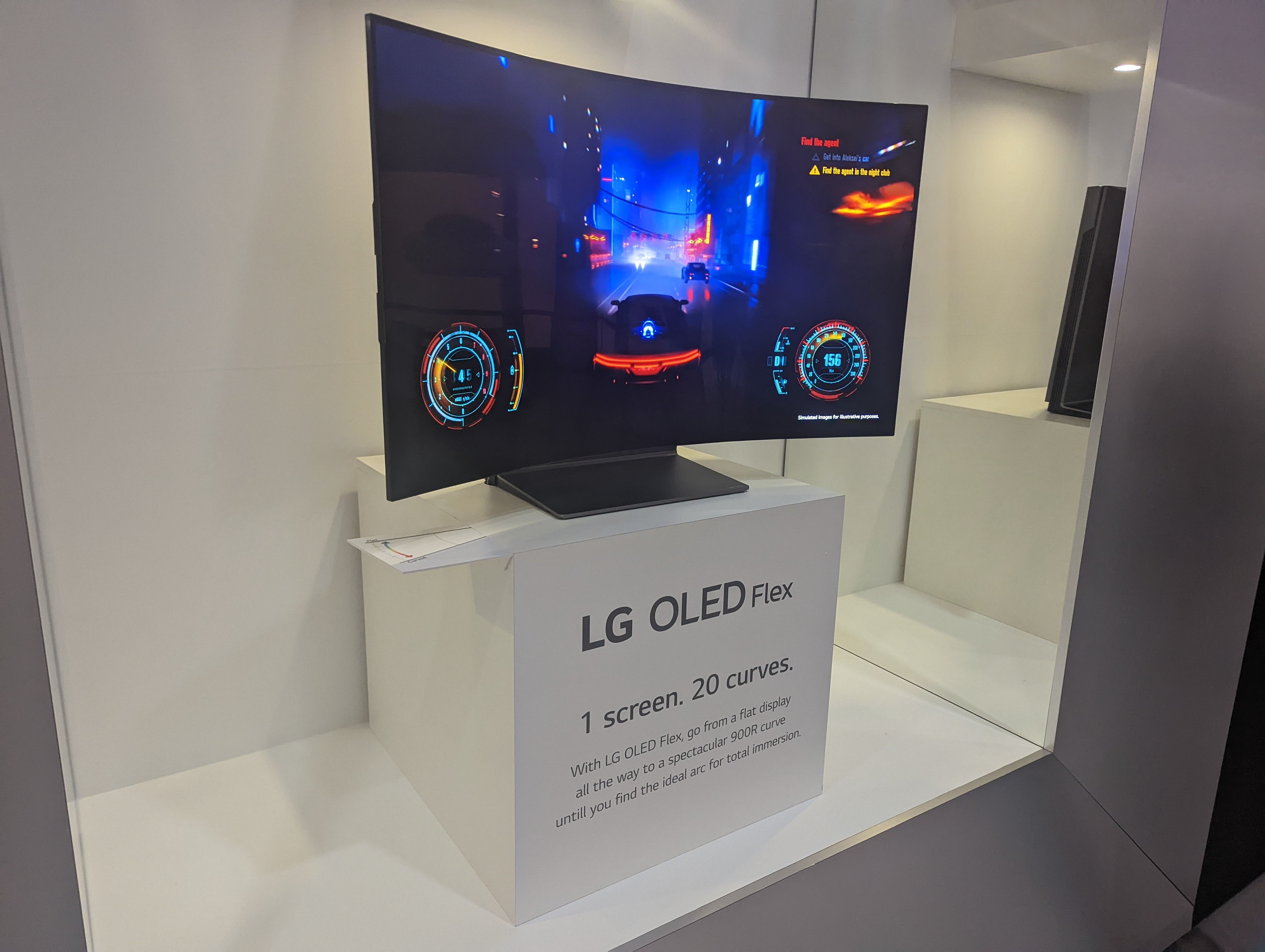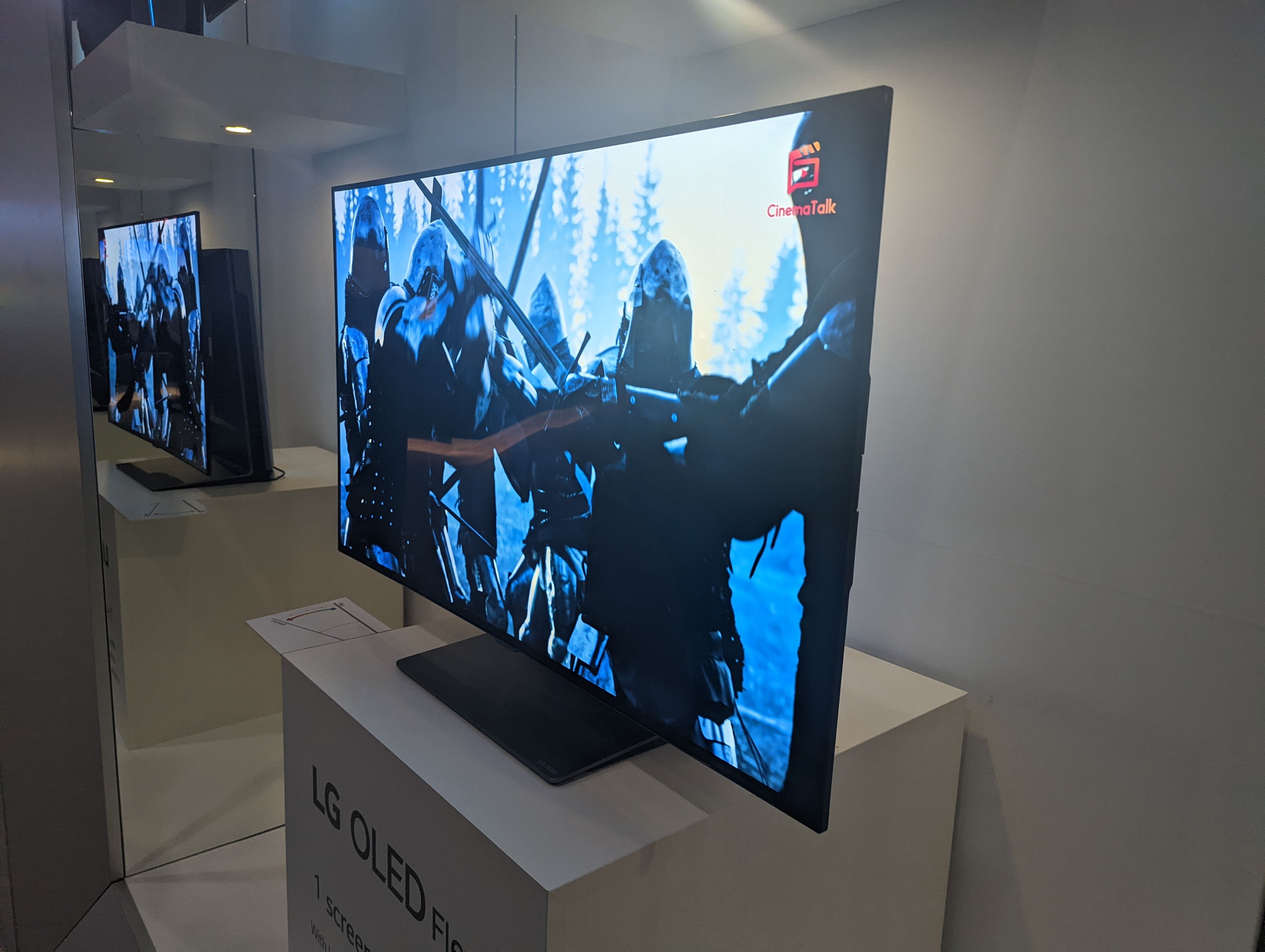Buying a monitor has never been more stressful. Curved screens are in vogue if you are a gamer, but creatives usually need straight panels that give accurate color representation. Even if you feel like you fit perfectly into one of those brackets, watching TV shows on a curved display means sitting directly in the right place.
Soon, this could be a problem of the past. At IFA 2022, LG revealed the OLED Flex, a 42-inch hyper-responsive TV that transitions between flat to a curve of 900R at the touch of a button. It's the first display of its kind, but the implications of the technology are huge. Yes, it's a TV—but it sure doesn't act like one.
LG OLED Flex: A TV That's Bendy and Gamer Friendly
The argument about QLED vs. OLED vs. LED might rage on, but LG's OLED Flex is something quite different indeed. On the surface, the LG OLED Flex LX3 is a display featuring a 120Hz refresh rate and a 0.1 ms response time. It calls itself a television, but it looks an awful lot like a gaming monitor, especially when it is curved.
The screen is coated with anti-glare and is height and tilt adjustable. The monitor on show was set to morph between flat and the maximum curve of 900R. For reference, a 1000R curved monitor would trace roughly the human eye line. There are 20 different settings to choose from, too, so there's an extensive range of customization between the extremes.
At this stage, there's little more to say about the OLED Flex, as there's no release date or price available. It looks fantastic, and even at a high cost, it's going to make a splash. What is interesting from an innovation point of view, however, is the underlying technology and how it will change how we use displays going forward.
Bending vs. Foldable Screens
While LG has remained tight-lipped about the tech inside the OLED Flex, there is likely little difference between the tech inside this display to how any other foldable device works. LG and other companies have been showcasing flexible screens for years, and the initial rush to get foldable phones to the market has definitely driven innovation. In fact, the history of Samsung foldable phones makes for a great case study of this particular moment in the development of a new standard.
The technology inside the LG OLED Flex has a subtle but important difference. By carefully controlling the possible angles of curvature and speed of movement, they can sidestep some of the design considerations of foldable screens. After all, foldable phones must stand up to thousands of duty cycles and the whole gamut of human hand strength.
By retaking some of that control back from the consumer, displays like the OLED Flex can look better and last longer, which might take the sting away from the likely eye-watering price when it is released.
Being at IFA2022 and seeing this TV in person was quite an experience, but the underlying technology is what left a real impression on me.
Is Bendable the Future of Monitors?
While daydreaming about the future of tech based on recent innovations is definitely a fool's errand, this is a notable breakthrough. It will be some time before the price difference makes these kinds of monitors and televisions worth it to the majority of people.
That said, this bendable screen technology now exists. Soon you won't have to decide between a flat television, a curved gaming monitor, or a customizable panel for everything from video editing to pair programming.



